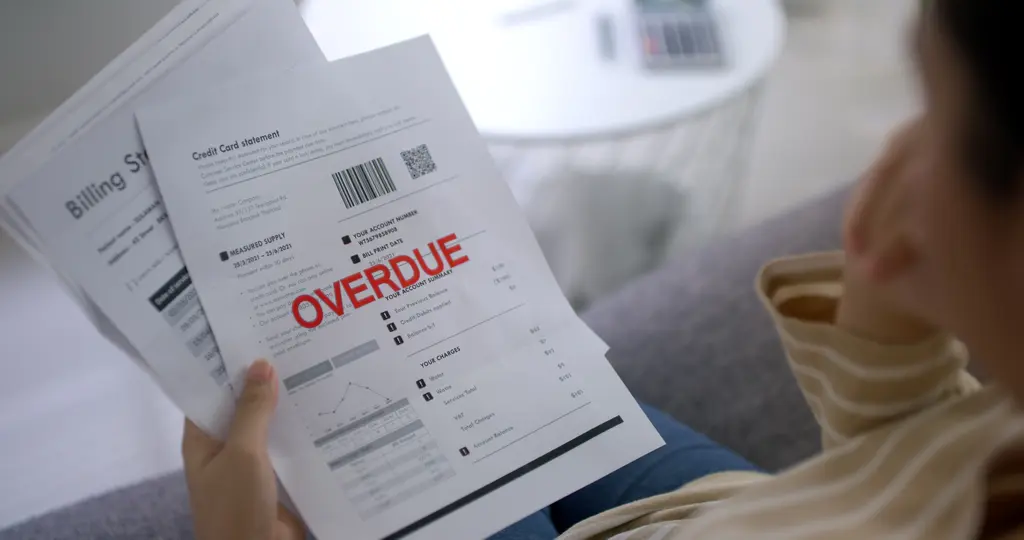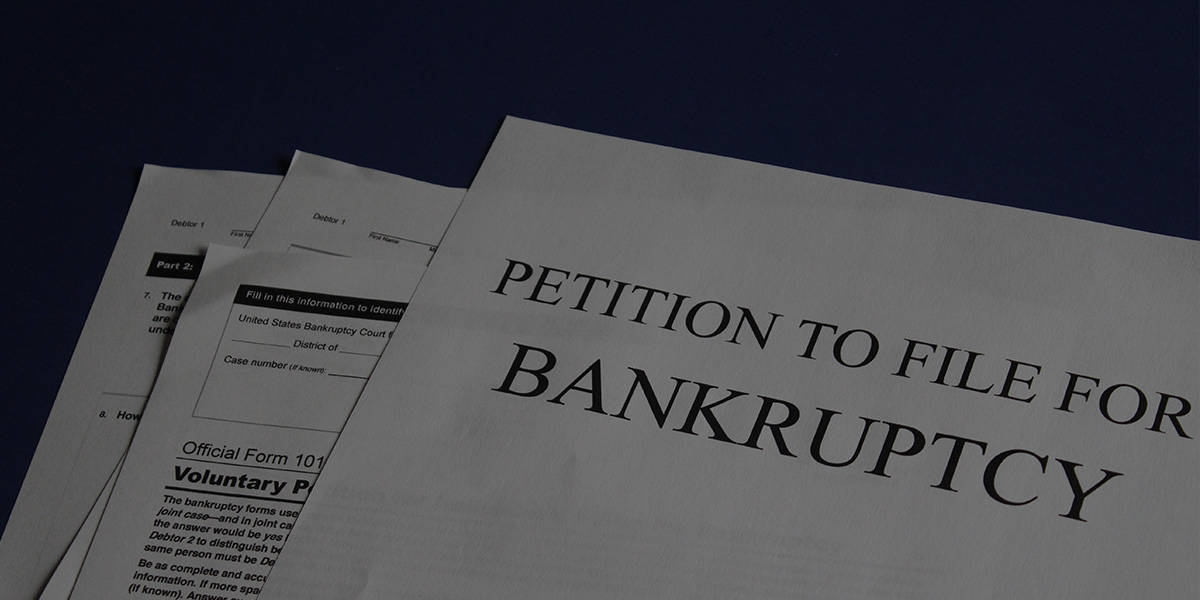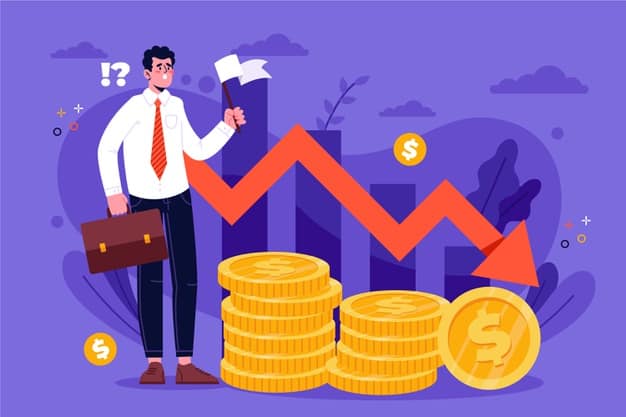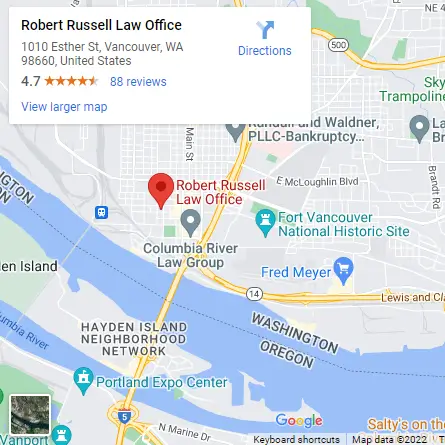What Happens If You Omit Or Fail to List A Creditor
Sometimes a debtor doesn’t list a debt because of a simple mistake. Sometimes it’s because the debtor didn’t even know the debt existed. When the unlisted / omitted creditor later 
Chapter 7 cases can either be a “no asset case” or an “asset case.” A no asset case means that the Chapter 7 Trustee perceives no assets belonging to the debtor or debtor’s bankruptcy estate that are worth turning into cash and distributing to creditors. That happens when the debtor’s property is 100% exempt and protected from the claims of creditors or the amount unprotected is just too small to pursue. In that case, a Trustee will file a No Distribution Report or similar, indicating the Trustee’s opinion that the debtor has a no asset case.
“No Asset” Case – No Problem
In the Ninth Circuit (which includes Washington and Oregon), an unlisted debt in a no asset case is discharged if the debt would have been discharged if it had been listed. In re Beezley, 994 F.2d 1433 (9th Cir. 1993). Basically, this is a “no harm, no foul” type of outcome. The creditor was not harmed by its failure to be notified of the bankruptcy because the creditor would not have received a trustee distribution even if they had been notified of the bankruptcy filing.
The exception to this “no asset” rule is if the debt is a nondischargeable debt. A nondischargeable debt, by definition, is simply not discharged whether it was listed or not. For example, a student loan or criminal restitution debt – listed or not – is not discharged in bankruptcy.
Asset Case – Problem
On the other hand, a debt not listed in an asset case is a potential problem for the debtor. An asset case is a case where the Chapter 7 trustee sells assets and distributes the net proceeds to creditors that have filed claims. If the creditor (1) had no idea that a bankruptcy was filed and (2) did not have time to file a claim with the court/trustee in order to share in the distribution to creditors, then the debt is not discharged. If, on the other hand, an unlisted creditor is notified or otherwise know of the bankruptcy filing in time to permit the creditor to file a file a claim (and receive their normal share of a trustee distribution), then they are treated like a listed creditor for purposes of debt discharge.
A debtor’s failure to list a nondischargeable debt in an asset case just means that the debtor lost out on the trustee paying part of the nondischargeable debt. All debts should be listed – even if they are nondischargeable.
Chapter 7 Case and Unlisted / Omitted Creditors
Greater than 95% of all Chapter 7 cases in this area are no asset cases. Therefore, an unlisted creditor does not usually create a nondischargeability problem. However, the unlisted creditor does not know you filed bankruptcy. Unlisted creditors should be notified immediately once their existence is known. This will help prevent lawsuits and collection activities that the debtor would rather not have to deal with (and pay to deal with). How do you do that? You might return the bill with a copy of the Notice of Filing and Discharge Order. Send a copy by regular mail and one by certified mail – and keep a copy of what you sent. Once they are notified, all collection action should cease.
Chapter 13 and Unlisted / Omitted Creditors
An unlisted creditor in a Chapter 13 case can create a real dischargeability problem. That issue is discussed here. In short, the debts will not likely be discharged.
Consultation
If you have an issue like this, please feel free to make an appointment to discuss your options, if needed. Normally, there is a small fee for the consultation. The good news if that you should get a clear answer to your question.
Sources
In re Beezley, 994 F.2d 1433 (9th Cir. 1993)
11 U.S.C. § 523(a)(3)







